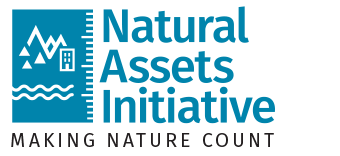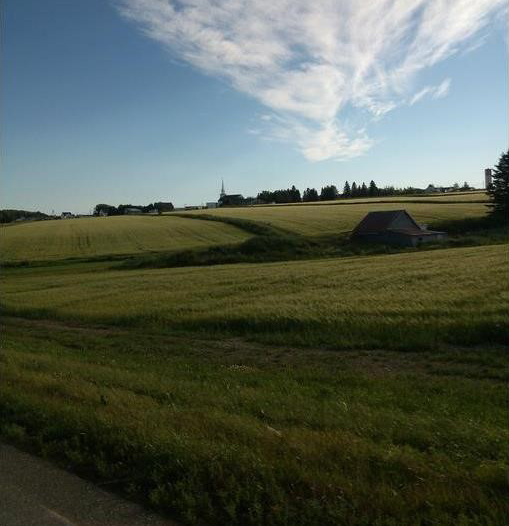Northwest New Brunswick communities explore natural asset approach to manage flooding
Spring has arrived in Canada, but for many communities that brings both flowers and flooding. The MNAI team has worked with numerous communities to explore how natural assets can help them address flooding, and one of the most recent projects was with the Northwest Regional Service Commission (CSRNO) in New Brunswick. Over the years, the inland and coastal flooding events there have substantially increased the number of disaster financial assistance programs and the situation has become quite urgent.
“Despite being quite far from major watercourses and experiencing far less development than urban centers, some communities in New Brunswick’s northwest are at risk of inland flooding,” said Adrian (Adje) Prado, Territorial Analyst – Research and Sustainable Development with CSRNO. “With the anticipated increases in precipitation as a result of climate change, we expect this will become even more of a concern over the coming decades. We believe it is essential to integrate natural asset planning into our work to better understand how different types of land-use can affect the region’s resilience, especially in relation to runoff management and other water-related concerns.”
Since natural assets – such as wetlands, green spaces and forests – have proven to be effective in reducing flooding risks, the CSRNO, together with the communities of Saint-André and Drummond, partnered with MNAI and have just completed their first step towards a more comprehensive natural asset program by creating an inventory of their natural assets.
The inventory lists the types of natural assets in the region, the services they’re providing to the communities, their condition, and what risks may exist. Some of the highlights of the inventory indicate:
- The sub-watersheds surrounding the communities comprise significant natural assets – including 36,000 hectares of coniferous forest and 20,000 hectares of deciduous forest. These assets are likely to provide a range of services to the local residents that include carbon storage, stormwater management and water filtration, air purification, improvements to community health, wildlife habitat, recreation, and aesthetic value.
- Much of the study area is rated low permeability. This means it has limited ability to absorb and hence manage flood waters.
- The condition of the assets from a species diversity perspective is either very good or good.
The completion of the inventory is only the first step in the whole asset management cycle. This project also created a roadmap so Saint-André, Drummond and CSRNO can decide what their next step to managing their natural assets and reducing flooding will be.
One option is status quo. The other option is proceeding with a full natural asset management project and implementation, which would include planning, regulatory, financial operations, maintenance, acquisition, and monitoring interventions, with MNAI’s technical support, advice and guidance.
To read the full project report, please click here.
Right now, as the world starts cautiously moving from the emergency response phase of the COVID-19 pandemic to the recovery and rebuilding phases, it’s critical to plan how to build back better. The pandemic has dramatically impacted most local government budgets, but the climate crisis is still barreling ahead and infrastructure is still falling apart. Natural assets can play a key role in helping communities continue delivering core services to their residents and businesses in a cost-effective, climate-resilient and sustainable way, even helping prevent more emergencies from occurring.




